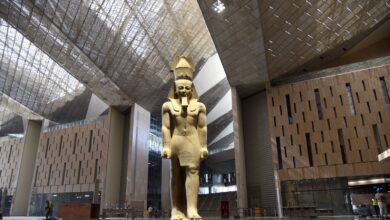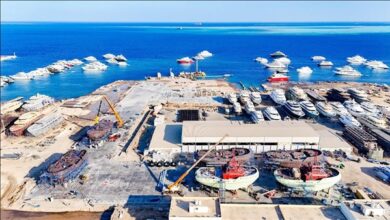
The Egyptian government announced on Saturday that it has secured the electricity supply for next summer, in cooperation between the Ministries of Electricity and Petroleum.
The plan includes relying on new and renewable energy to avoid resorting to load shedding.
This came during the attendance of Egyptian Prime Minister Mostafa Madbouly at the inauguration ceremony of the Abydos 1 Solar Power Plant in the Kom Ombo Desert in Aswan.
Madbouly said that the Electricity Ministry has also developed a plan to secure electricity supply for the summer of 2025, in cooperation with Petroleum Ministry, to bridge the gap for next summer as it was calculated to be in the range of 3,000-4,000 additional megawatts at an investment cost of up to four billion dollars.
He added that a clear plan has been developed to rely on new and renewable energy, which will be provided through projects currently being implemented with the private sector, and it is planned to be operational by next summer.
This serves as an integral part of the plan to increase reliance on new and renewable energy, avoid resorting to load shedding and reduce the import of petroleum products.
During his speech, Madbouly explained that the Egyptian government has allocated the funding to provide the necessary fuel to stabilize the national electricity grid and not resort to load shedding, in addition to developing an urgent plan to add 4,000 megawatts of renewable energy to secure the summer of 2025.
He added that the Electricity Ministry, in coordination with various concerned authorities, was able to solve the problem of power outages and secure electricity supply based on the highest quality standards, improving the productivity and efficiency.
On the sidelines of the celebration, the Prime Minister witnessed the signing ceremony of two agreements to implement a 500-megawatt wind farm project in the Gulf of Suez, with investments estimated at about US$ 600 million.




